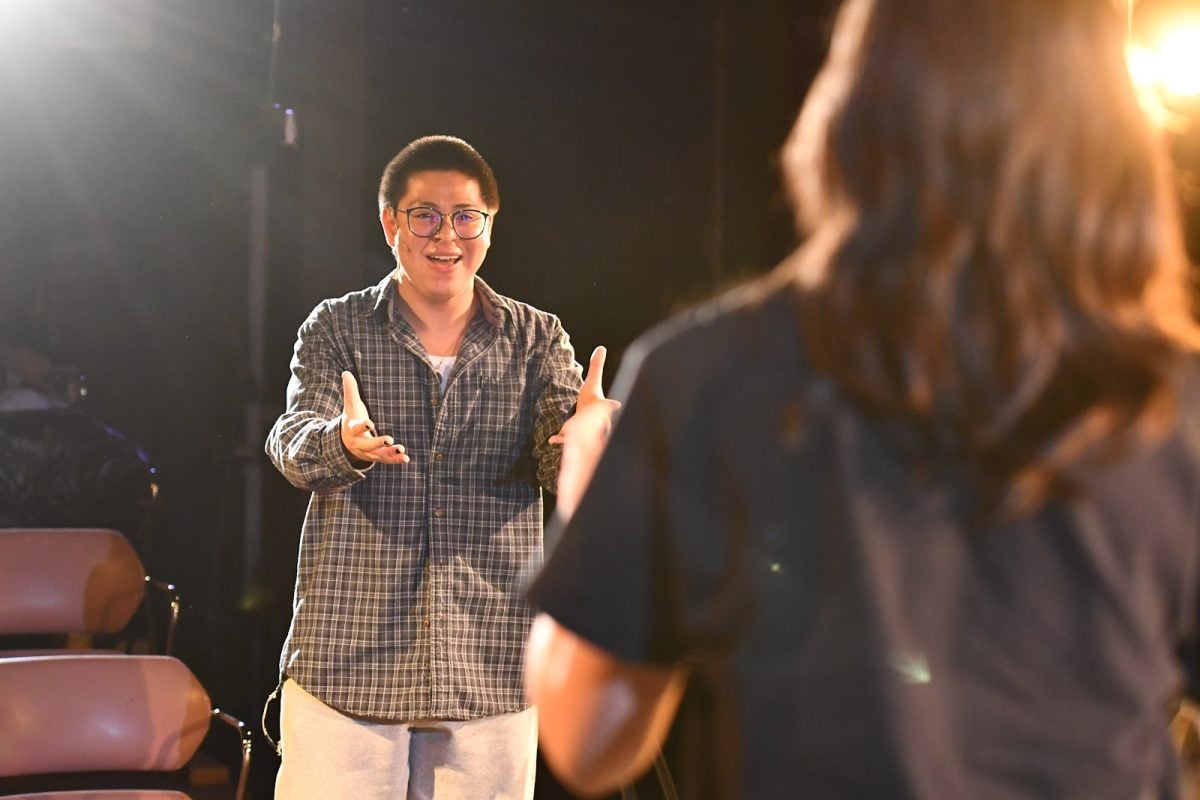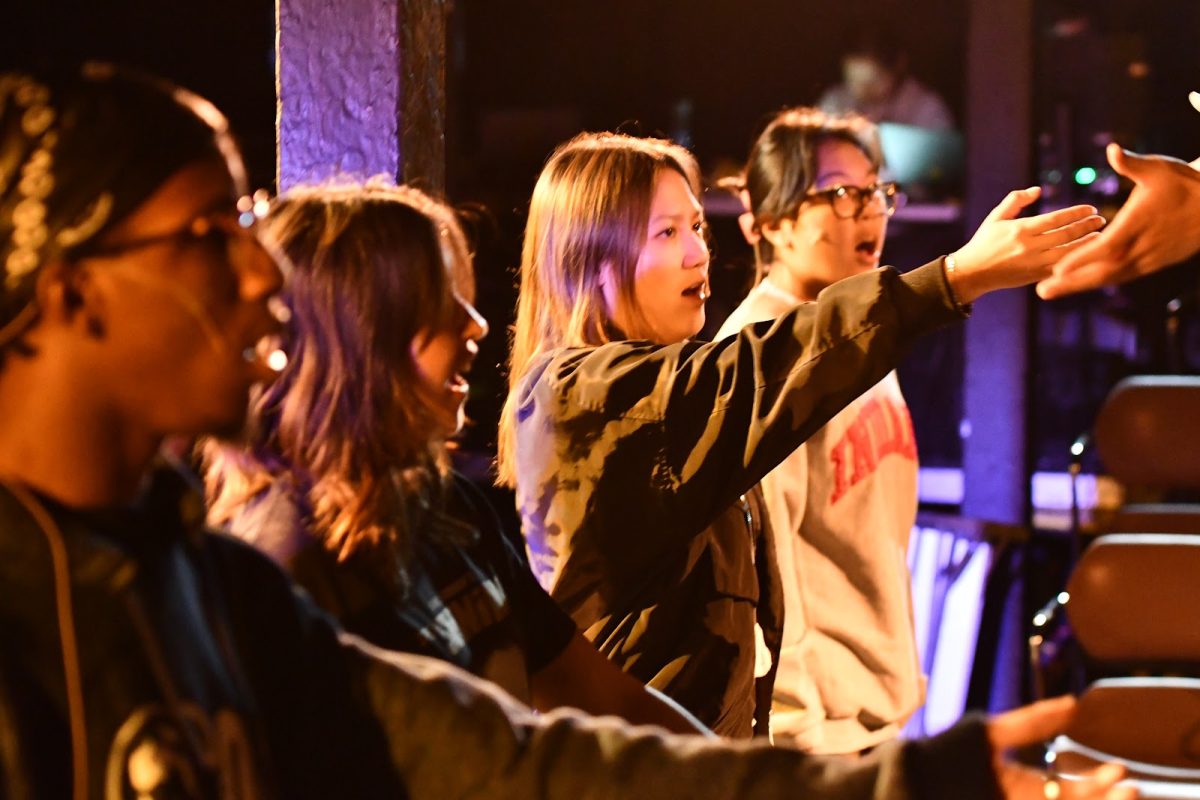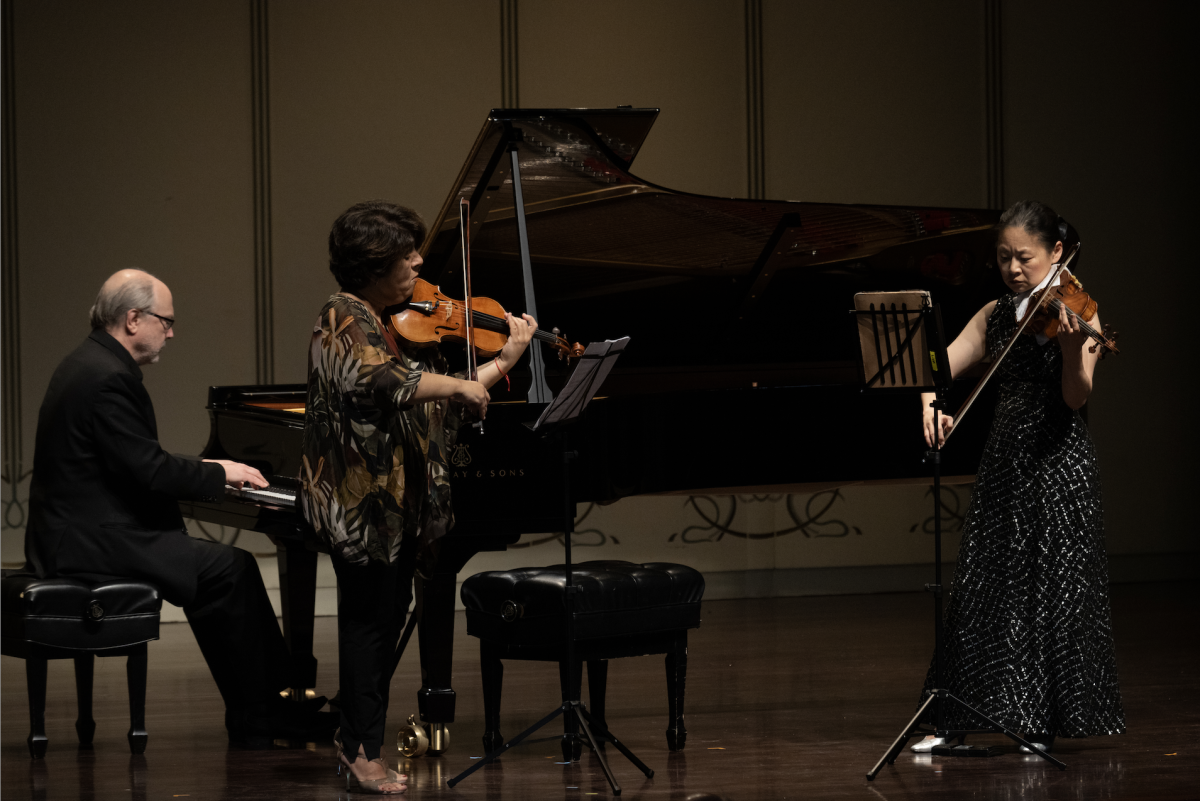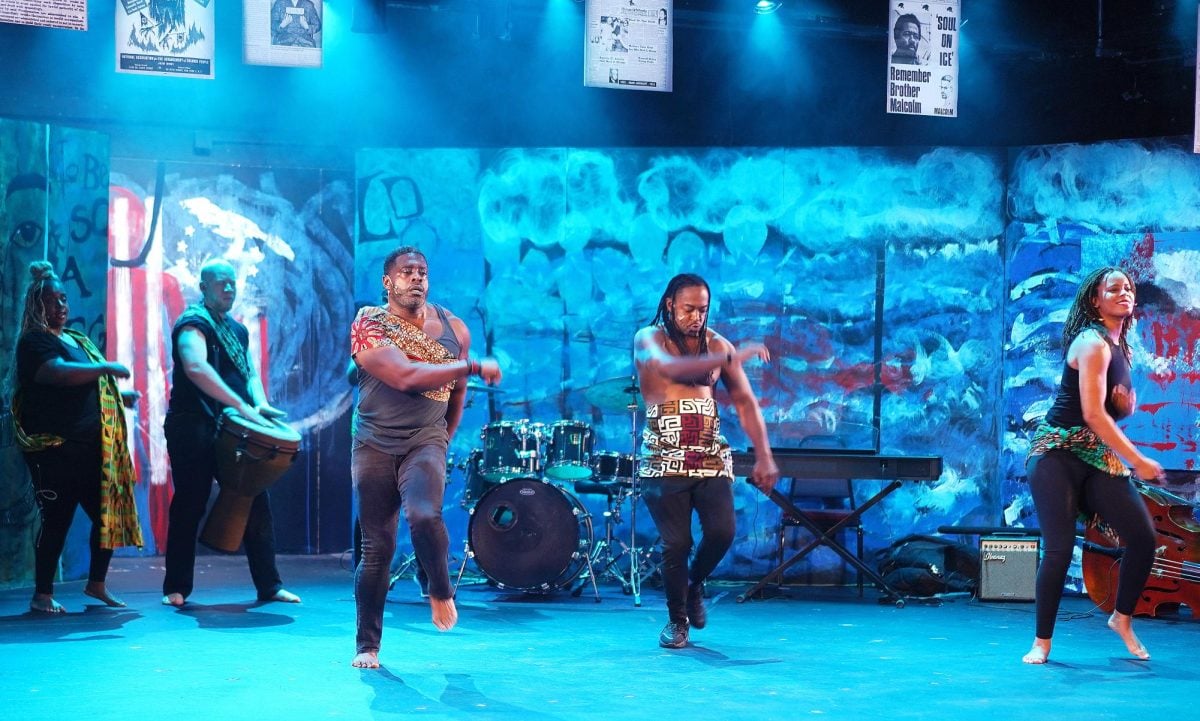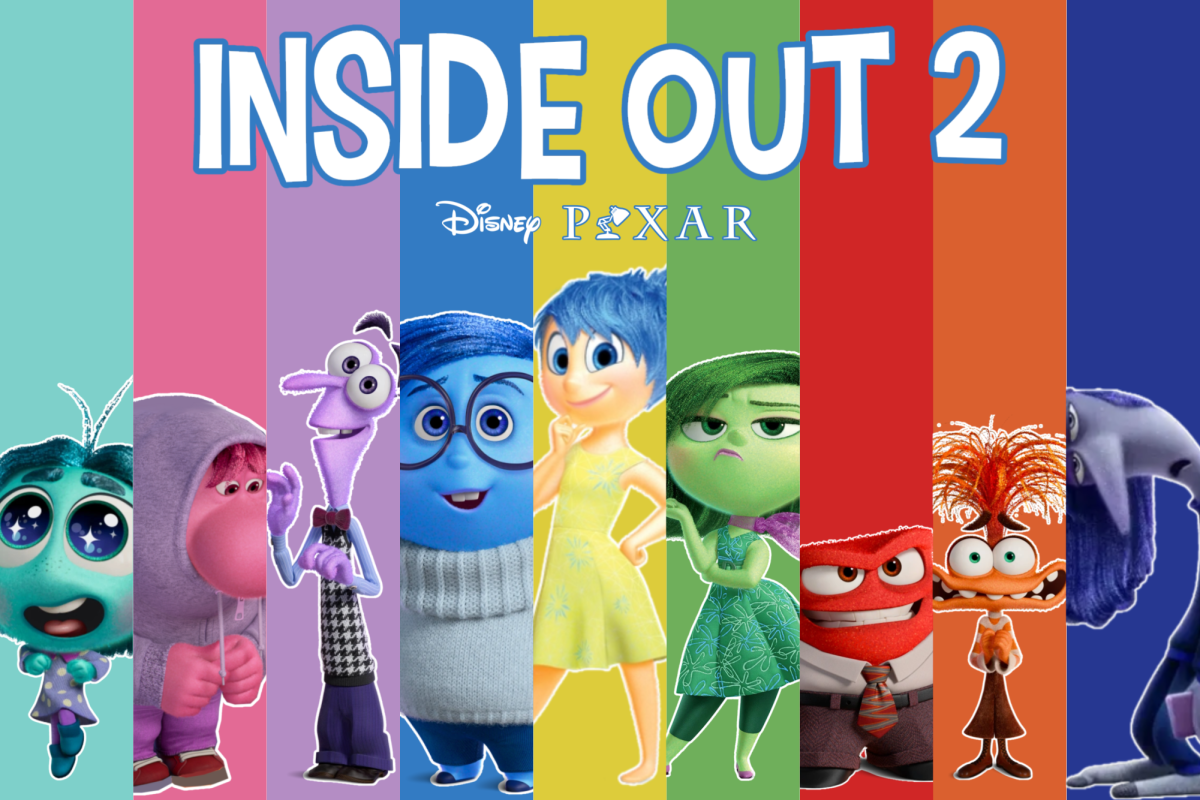The production “Aashiyana” — which translates to “home” in Hindi and Urdu — by the Vibrant Colors Collective, depicts a progression of loneliness to community and celebration in three acts.
The show will run Friday and Saturday in Shanley Pavilion. This is Vibrant Colors Collective’s second cabaret and first full season since its founding in 2021.
The cabaret — which features Black, Indigenous and people of color in the cast — includes 14 songs in seven different languages, including Malay, Hindi and Japanese. However, none of the tracks are traditionally from musical theater. The multi-genre setlist includes “I Want You Back” by The Jackson 5 and “Good To Be Home” from the movie “Let It Shine.”
According to Communication sophomore and Director Shahzeb Shah, the cast made a purposeful choice to highlight popular songs by BIPOC artists from around the world.
“Traditionally, theater here has been for a long time very, very non-POC-centric,” Shah said. “That’s why Vibrant Colors Collective was created in the first place: to give a space for POC to highlight their stories and to be at the forefront of an art that has excluded them for so long.”
The show follows the “journey of joy” for BIPOC Americans. The production depicts the cast as isolated and longing for connection in the first act and ultimately celebrating multicultural community together in the third.
Communication freshman and co-choreographer Asha Navaratnasingam said the message at the heart of “Aashiyana” is the joy that comes from embracing one’s home culture, as opposed to the hardships more often portrayed in the media.
“It’s really cool to see my culture being celebrated,” Navaratnasingam said. “A lot of the actors have contributed songs from their culture that they’d like to be in the show, so we’re bringing those together to create a cohesive case and I think it’s super cool.”
One such moment of diverse commemoration is the final number of the first act, “Cálice.” The Brazilian revolutionary song gained popularity after its release in 1978 and speaks out against the Portuguese government.
Shah said the blocking and choreography of “Cálice,” where the ensemble is “taking over” the feelings of the main actor and reflecting his experiences, is a significant moment in the show.
“What we’re using this song to do is to show the inner emotions of everybody in the cast to talk about the different oppressions that we have faced,” he said.
Communication freshman Aashna Rai, the show’s music director, said she discussed specific song choices during “coffee chats” with the cast.
Rai then helped transcribe many of the songs in the show, working with the main guitarist.
“There’s a lot of jamming out with the band trying to figure out things by ear, but I’ve been lucky to have a really good band with some really talented members,” she said. “They’ve been really helpful in getting the sound that we want.”
SESP sophomore and performer Malik Middleton said this is a time in which solidarity with other cultures is something the cast has been thinking about, and creating art across identities is important. He added this could be the first time a cast spoke a language such as Malay in Shanley Pavilion.
Shah said, “It’s a super unique experience to come in and hear your native tongue sung in a theater space at Northwestern.”
Email: [email protected]
Twitter: @jillian_moore7
Related Stories:
— Performing arts groups struggle to rehearse after Wirtz Center pauses extracurricular practices
— Wirtz Center’s ‘Heroes of the Fourth Turning’ complicates mechanisms of empathy
— Exploration of photography and nature: ‘Misread Affinity’ on display at Evanston Art Center











